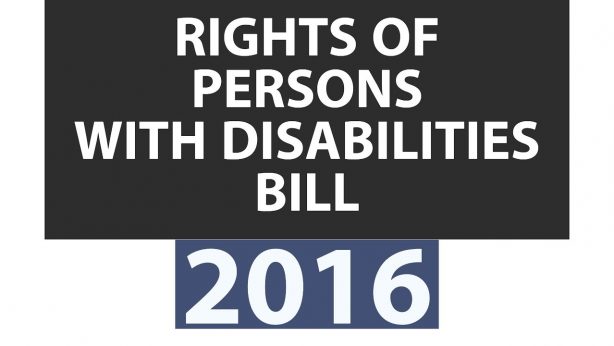WHAT IS ASSISTIVE TECHNOLOGY (AT)?
Introduction
Learn about assistive technology, how it can help people with autism, where to find out more about it and how to integrate it into your life.
What is Assistive Technology (AT)?
- Assistive Technology is any tool, application or device that supports an individual with a disability to access and participate in the same resources as the general population.
- Until recently, AT has been thought of as tools or devices for those with physical limitations (e.g. wheelchair, hearing aid, Braille).
- AT now includes everything from a wheelchair to books on tape or eBooks and screen readers to personal digital assistants (PDAs).
- Note that much of what is considered AT (e.g. electronic readers, screen readers, voice activated programs for using a computer, PDAs) are universally available and part of mainstream culture.
- What makes AT “assistive” is not the item itself but the capacity for the tool, application or device to support functioning.
Why is AT important?
- AT (including apps) now is available to support key areas related to ASD.
- Communication Differences (including the use of Augmentative or Alternative Communication)
- Need for Visual Supports
- Executive Function Challenges
- Strategies and Supports for Interpersonal Skills
- Development of Independent Living Skills
- AT (such as a PDA) has been demonstrated to improve independence in performing daily or on-the-job tasks, including for people with autism.
- Gentry et al (2010). Personal Digital Assistants as Cognitive Aids for High School Students with Autism: Results of a Community-based Trial. Journal of Vocational Rehabilitation, 32, 101 – 107.
- Mechling et al (2009). Using a Personal Digital Assistant to Increase Independent Task Completion by Students with Autism Spectrum Disorder. Journal of Autism and Developmental Disorders, 39, 1420 – 1434.
- AT exists in both specialized and universally available forms (i.e. apps, eBooks, eReaders).
- Remember: AT is assistive because of its capacity to support functioning, not because it is specialized equipment.
For people with autism, what needs to be considered in relation to AT?
- An Assistive Technologist has the skill and knowledge to address the AT needs of someone with autism.
- An AT evaluation should be conducted (by an Assistive Technologist) to identify the functional areas in which AT can be supportive.
- Communication
- Alternatives to speech (i.e. AAC)
- Written communication (including motor aspects)
- Receptive language supports
- Visual Supports
- Visual schedules
- Task Analyses (including still images and/or video)
- Video modeling or Video self-modeling
- Reading and Writing
- Interactive reading programs/apps
- Text-to-speech (e.g. eReader and/or screen reader)
- Voice activated software (for using a computer)
- Word prediction (to support written output and spelling)
- Executive Function (i.e. planning, organization, self-monitoring)
- Visual schedules and/or task lists
- Auditory prompts
- Timers
- GPS
- Social Skills and Strategies and/Independent Living Skills
- Social stories
- Scripts
- Video modeling or Video self-modeling
- Communication
- Recommendations should focus on the supportive aspects and functional areas to be supported, not on identification of specific devices or tools.
I’m not sure what AT is needed or how it can help. What should I do?
- If you are a person with a disability, ask for an AT evaluation. Make sure that the recommendations from the evaluation are included in your IEP.
- If you are a young adult in transition from high school, make sure that your AT evaluation is up-to-date. The recommendations should address how AT can support you in a job or in completing post-secondary education. Make sure the information from the evaluation, especially the recommendations, is included in the Summary of Performance (SOP) you receive upon graduation.
- If you are a parent, ask questions about how AT can support specific functional challenges that your child has. Ask for an AT evaluation if necessary to make sure that your questions are addressed. Make sure the recommendations are included in your child’s IEP and incorporated into the transition planning if your child is in the process of post-secondary transition.
- If you are an educator, become knowledgeable of the types of AT resources available and incorporate them into your instruction. Support a student with a disability and/or the student’s parents in obtaining an AT evaluation. Learn about how to include AT in the IEP.
Where can I go for more information?
Links to AT Related Resources
Resources for Obtaining AT
- Ways to Pay for AT
- AT Exchanges
Tips for Accessing Apps
One review of apps is included in the Helpful Links to AT article of this website but the easiest way to locate apps in general is to enter a phrase such as “apps for communication” into the search window of a browser and use Google search or some other search engine.
Other options for accessing information about apps are blogs such as momswithapps.com. Moms With Apps is a collaborative of developers that offers “family friendly apps.” For those with an iPhone, Moms With Apps has an app, Moms With Apps, which catalogues apps by Moms With Apps members according to educational category.
Articles
- Mirenda, Pat (2008). A Back Door Approach to Autism and AAC. Augmentative and Alternative Communication, 24(3), 220 – 234.
See also research referenced above.
What can I do now? Where can I find help with this?
- Locate the AT service providers in your state by entering the phrase such as “assistive technologists” followed by your state’s name into the search window of a browser and use Google search or some other search engine.
- Use the resources included in the Helpful Links to AT article of this website to learn more about the types of AT available and how to access them.



